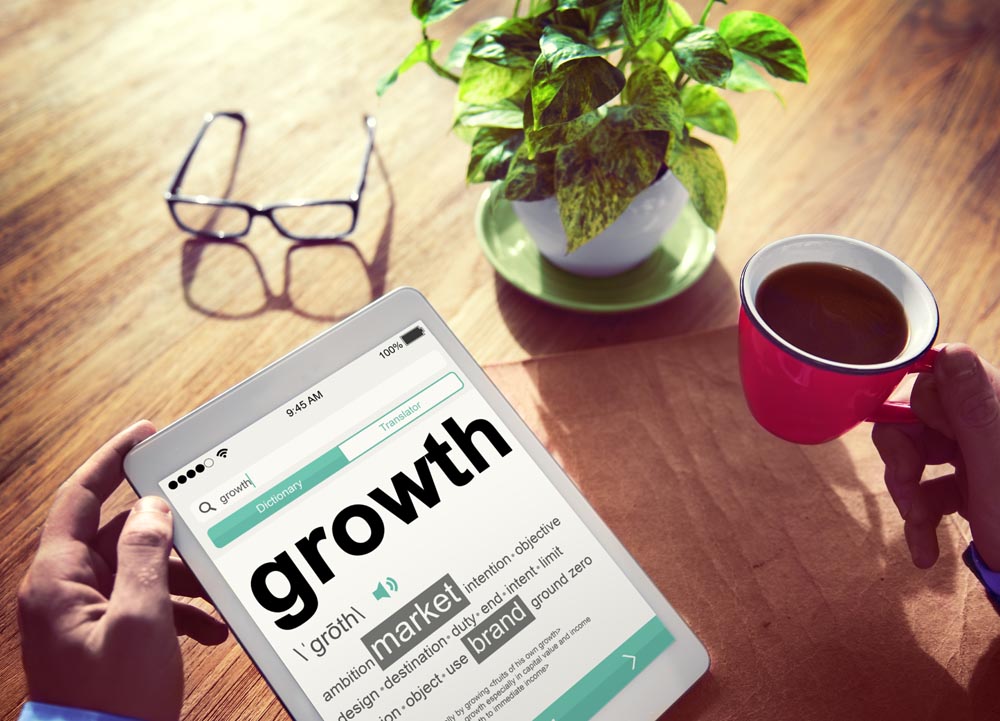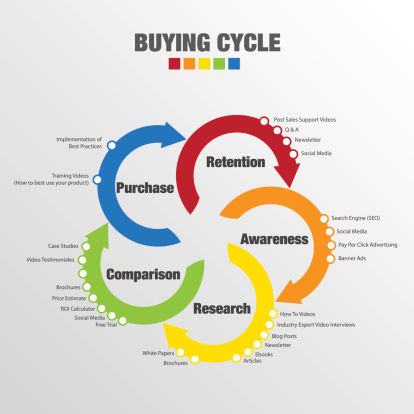
The #1 Reason You’re Not Growing Online
Competition. I know this might seem blatantly obvious, but let me finish my sentence…
The reason you’re not growing online is because your competition is better than you.
It sucks to read it. It sucks even more to acknowledge it. But I’m not sorry for saying it. If you are to effectively tackle the issue of increased competition in the digital space, then a couple of hard truths need to be openly discussed:
Your competition is increasing and they’re better than you.
In most industries, the barriers to entry are dropping rapidly. It’s easy to start a new business and be competitive overnight, and the new entrants to the digital space are incredibly savvy. They know all about search engine optimisation (SEO), conversion optimisation (CRO), paid search (PPC) and email marketing (EMM). They know about information architecture, systems integrations, the latest tech and its applications. In terms of PPC, you need to be investing in channels like Google AdWords to find the most high-intent customers. You also need to be investing in digital advertising automation such as Automation Scripts for Google AdWords to automate a lot of the optimization tasks commonly involved with managing campaigns to help you free up time to focus on what matters in your business.
They’re also agile, which is the real killer.
Your competition is starting from a blank slate. Unlike you, they don’t have any existing infrastructure or legacy relationships to deal with, which means they’re building digital foundations the way they should be built. In turn this gives them actionable data and insights to make meaningful improvements every day, every week, every month.
Your competition is pulling further away by investing heavily in the right tools, services and partners – and they’re doing it all today.
Example: Kogan
Kogan’s competition is the likes of JB Hi-Fi, Dick Smith and Harvey Norman. Recognised brand names and the titans of the electronics industry. Yet, seemingly overnight Kogan became not just a major player but a preferred option for many consumers. Why?
- They made infrastructure choices with scalability and the future in mind.
- They created a customer-focused digital experience.
- They invested in tools that provided loads of data around their user journey.
- They experimented frequently based on the data they were receiving, doing what their competition wouldn’t.
- They used effective providers instead of relying on legacy partner relationships.
Lesson:
Don’t be afraid to make the tough decisions and spend some money in the short term, because it’s going to play a pivotal role in your long-term survival.
Your competition is investing heavily in digital and you’re not.
For many out there, your website is the only storefront you have, so if you’re not visible online then you effectively don’t exist. And because customers use the internet in every stage of the buying cycle, it’s imperative that you have a digital marketing strategy that addresses each of those stages:

Source: Brick Marketing
Of course, it goes without saying that there are situations where spending smart is more productive than spending big. But either way, you should still be spending. It should be tactical, data driven, and customer-focused, because I can guarantee that your strongest competitors will be the ones who have strategies and tactics in place for each stage.
Too many companies are caught in the battle of the ‘chicken or the egg’:
“We’ll spend money when results improve, but results won’t improve until we spend money.”
Speaking in general (because there can be other factors at play), my experience has been that the difference between those who do succeed and those who don’t succeed is usually the “doing” part. If you don’t have the time, then hire somebody who does – either an internal team, an agency, or both.
Example: Crucial
Web hosting is a highly competitive space in Australia. Crucial took the time to map out the customer journey and built a website that was not only an effective sales tool, but also told the personal story of their company and their team.
It’s not that Crucial just decided to break the bank and throw money around because their competitors were doing the same. They took the time to understand the market, identify the customer journey from Awareness through to Purchase, then put their effort into optimising their digital presence for that journey.
The result was an increase in website traffic, a jump in sales and a growth in stature within the web hosting market.
Lesson:
Understand consumer touchpoints and their buying process, then spend smart and build infrastructure that allows you to gather data and constantly evolve based on what they tell you they need.
Your competition has a multi-channel strategy and you don’t.
What I mean is that if you’re doing search engine optimisation, conversion optimisation, paid search or email marketing individually, you’re one-dimensional.
If you’re doing two or more of any of those services, but they’re isolated instead of integrated, then you’re still one-dimensional.
Your competition is strategic, organised, agile, digital savvy and committed to spending money to grow online. They understand how online works, and in turn online is working for them.
It’s not enough to just have one tactic and flog it to death. Each tactic has its own purpose and, as mentioned previously, is used in different stages of the buying cycle. You should be focusing not just on generating more traffic, but alsogenerating more business from existing website traffic.
Taking it even one step further, all of your various campaign tactics should be communicating with each other, providing insights and feedback that you can use to constantly tweak and improve the overall strategy.
Example: Bellroy
This is a company that has truly nailed it. From content marketing, to user experience, to paid search, to social, to email marketing… Start to finish, Bellroy makes the process informative, entertaining and incredibly smooth.
Anybody who’s bought from Bellroy or engaged with the brand becomes a fan for life.
Lesson:
If you’re relying on people to find you naturally, you’re going to be disappointed. And if you think people will buy from you just because they make it to your website, you’re going to be even more disappointed. It is absolutely invaluable to have a multi-channel strategy that focuses on making the customer’s purchase journey simple and enjoyable.
Final thought.
I’m sorry if I’ve made things seem dire. Apparently sensationalism is an effective tactic to get people to read your writing…
It really isn’t all doom-and-gloom. Not all of your competition is better than you, and in actual fact you’re probably doing pretty well. But even if that’s the case, don’t sit idly and let your competitive advantages slip. Continue to invest in tactics that will allow you to constantly and effectively build your business.
What has your experience with digital marketing been? What have you been doing to generate growth online? What have been your challenges? I’d love to hear from you. If you have ideas, questions, comments or feedback, then you can either check out our agency website, or contact me directly via LinkedIn and Twitter.
Michael is the Strategy Director at Yoghurt Digital. He’s worked in both traditional advertising agencies and digital agencies, looking after household names like Procter & Gamble, Kraft Foods and QBE Insurance. His passion is designing and executing multi-channel, ROI-focused digital strategies.

